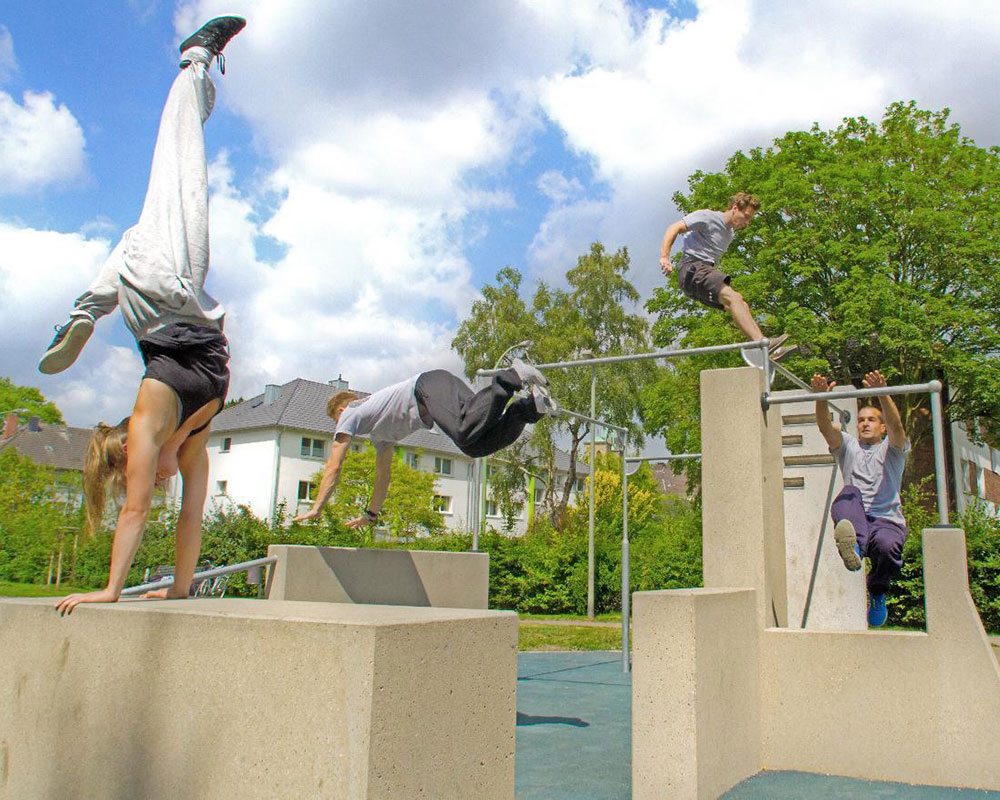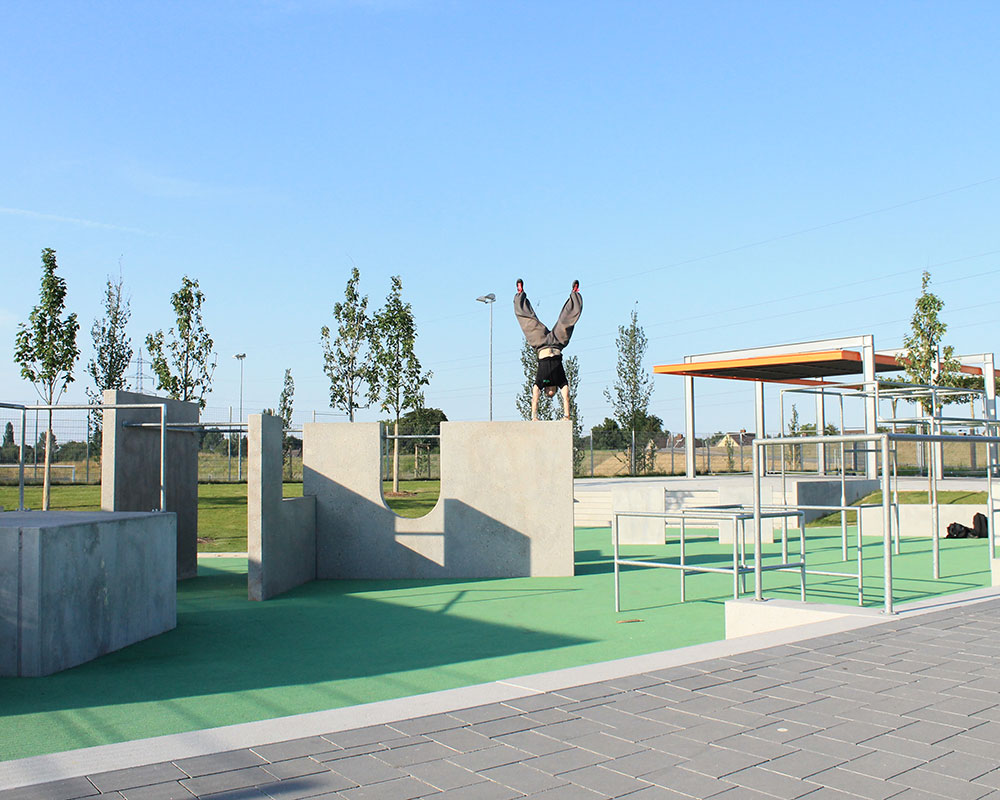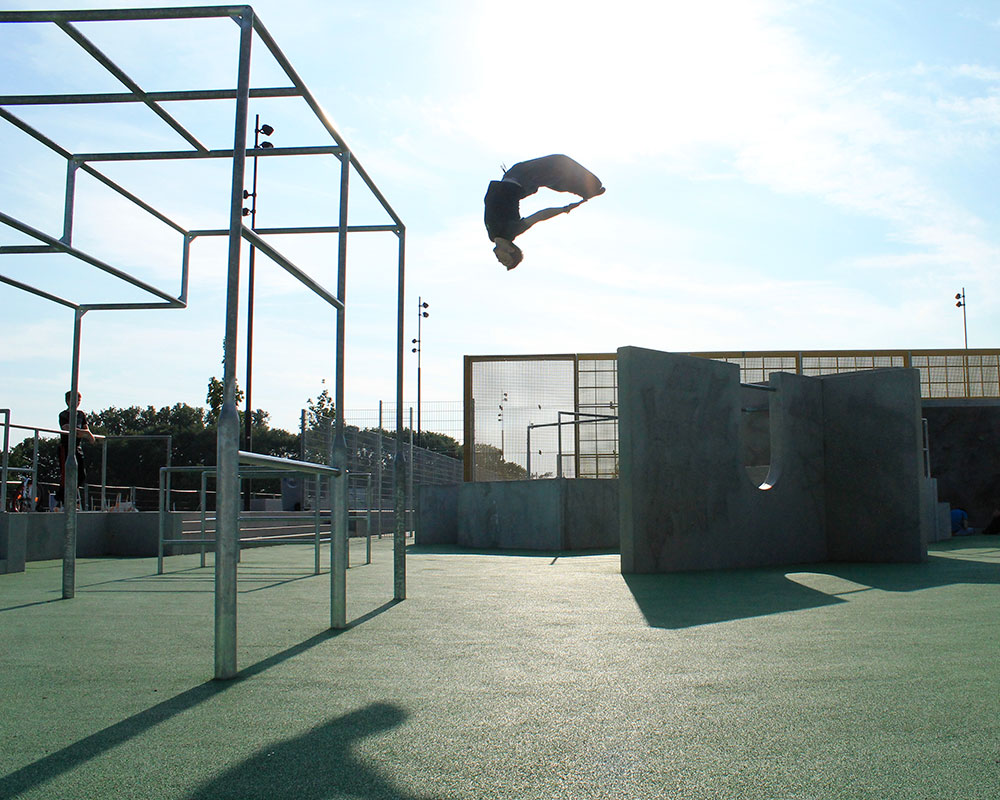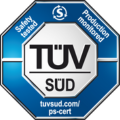Guide to building a Parkour park
Parkour, also known as Freerunning, is a physical discipline that involves running, jumping, climbing, and rolling to overcome obstacles. Originating in France in the 1980s by the Yamakasi group, it encourages people of all ages and abilities to creatively navigate their environment, continuously seeking new challenges and personal growth.
Interested in building a Parkour park? Our services are bespoke, so please get in touch to discuss your project.
About Parkour

Parkour, also known as Freerunning, is a training discipline that focuses on developing both body and mind through movement, challenge, and exploration. It involves running, jumping, climbing, and rolling to help practitioners overcome any obstacle in their path.
Parkour is a fun and creative activity suitable for people of all ages, genders, and abilities. Practitioners use any available architecture to explore their capabilities, constantly seeking new challenges and ways to adapt to their surroundings.
Originating in France in the 1980s, Parkour was created by a group of young men called Yamakasi. They blended childhood games with influences from martial arts, military training, and natural fitness methods to develop parkour over the years. The discipline's core principles emphasize continual self-challenge, physical and mental growth, and discovering one's true potential.
Benefits of Parkour in local communities
1 Improves physical health
Parkour is an advanced form of physical activity that helps combat cardiovascular disease, stroke, high blood pressure, diabetes, and cancers. It also aids in preventing obesity when combined with a healthy diet.
2 Enhances psychological wellbeing
Regular physical activity through parkour has been shown to boost psychological wellbeing, increase self-confidence, and improve overall learning outcomes.
3 Reduces antisocial behavior
Parkour fosters cooperation among practitioners and builds a sense of community, which can help reduce antisocial behavior.
4 Promotes social inclusion
Parkour encourages community building, breaks down cultural barriers, and challenges gender stereotypes, promoting social inclusion.
5 Provides safe practice spaces
A dedicated Parkour training facility offers a controlled and safe environment for practitioners of all levels to practice, reducing risks and legal issues associated with practicing on private property.
What should a Parkour training facility include?

Parkour modules
Constructed from steel and concrete, a Parkour training facility should offer a wide range of physical challenges. Designed to mimic urban environments, these facilities typically include a mix of steel frame elements, steel bars, concrete walls, concrete platforms, rubber step posts, and natural elements.
Signage
Signage is optional in a Parkour training facility, but we can provide examples and suggestions for inclusion. We recommend that information boards include an emergency contact, the site address, the owner's and operator's contact information, and health and safety guidelines.
Surfacing
For elements up to 3.0m high, we recommend the following surfacing specifications to comply with BS EN 1177, provided they do not conflict with usability:
- Eco Surface recycled bound rubber mulch with the relevant critical fall height.
- Safergrass – Grass mats with the relevant critical fall height.
Other surfacing options can be used but may conflict with the overall usability of the Parkour training facility. Read more about our Surfacing service to explore your options.
Our Parkour elements and bespoke facilities

We provide pre-fabricated and bespoke Parkour training facilities, developed in collaboration with Parkour coaches and practitioners.
Health and safety requirements
Our range complies with the European standard for Parkour EN 16899 and every product or facility is independently risk assessed.
Materials
Our Parkour training facilities mainly consist of a mixture of steel frame elements, steel bars, concrete walls, concrete platforms and rubber step posts. Other materials and natural elements may be used in the construction of the facility.
Maintenance guidelines
Our Parkour elements are usually maintenance-free. We do recommend however that a routine visual inspection is carried out monthly, operational inspection carried out quarterly and an annual main inspection is carried out to ensure the safety and longevity of our Parkour parks.




